Japanese Maple Leaf Spot: What Causes Spots On Japanese Maple Leaves
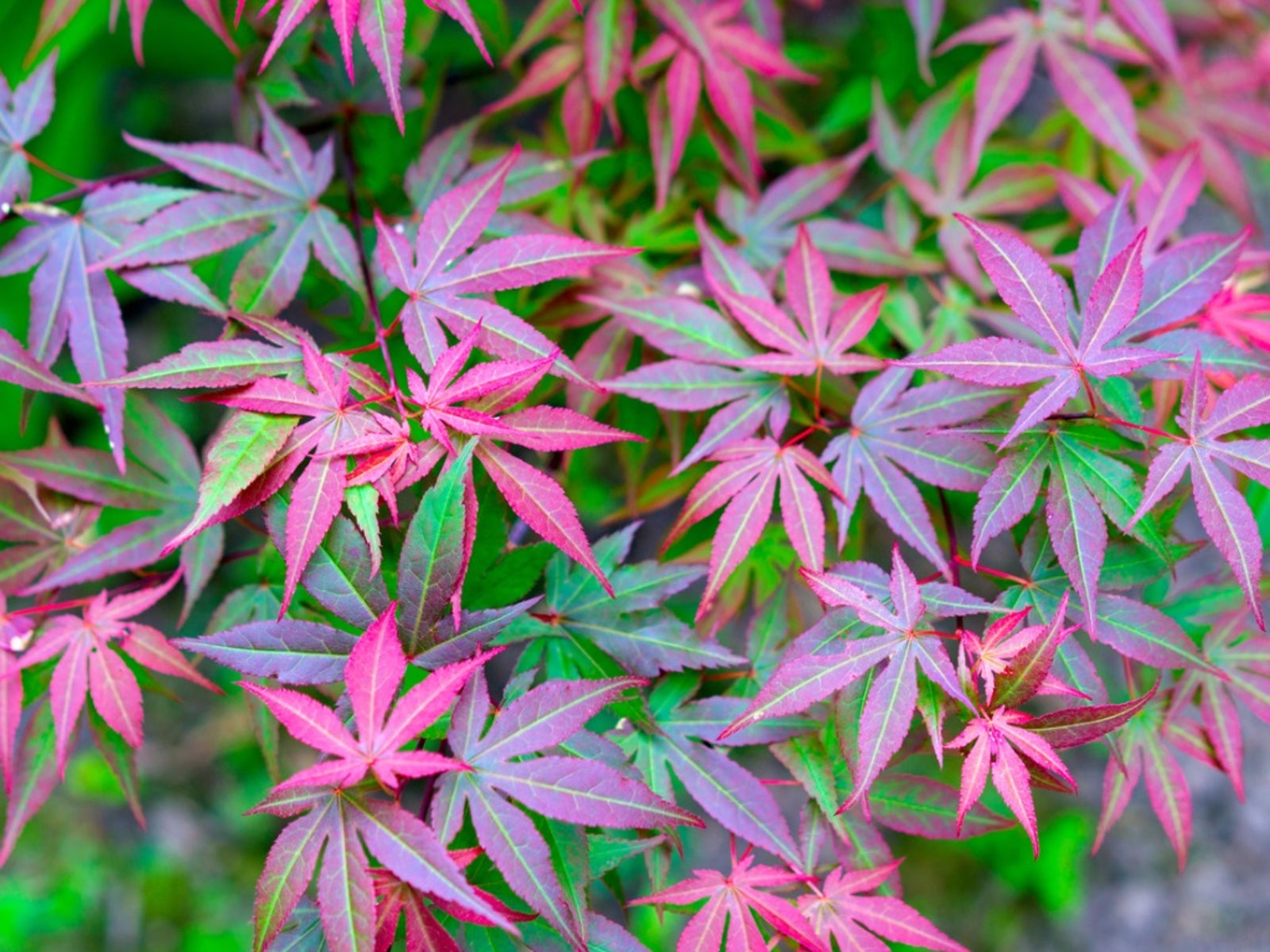

A Japanese maple is a great decorative element in the garden. With a compact size, interesting foliage, and beautiful colors, it can really anchor a space and add a lot of visual interest. If you’re seeing spots on Japanese maple leaves, though, you may be worried for your tree. Find out what those spots are and what to do about them.
About Leaf Spot on Japanese Maple
The good news is that when Japanese maple leaves have spots it is most often not a reason to be concerned. Leaf spots are rarely so serious that some method of control needs to be deployed. Generally, your tree will be happy and healthy if you provide it with the right conditions. This is a tough tree that resists most diseases. One of the most important things that your Japanese maple needs is rich soil that drains well. It will not tolerate heavy soil that holds water and makes its roots soggy. Plant your Japanese maple with compost to enrich the soil, but don’t add much fertilizer later. These trees do not like to be overwatered or overfed. With these conditions, your tree should avoid most diseases and spots.
What Causes Japanese Maple Leaf Spot?
While seeing a few spots on leaves in your Japanese maple is not typically a cause for concern, there may be some reasons for them showing up in the first place, and normally easy enough fixes that you can correct. For example, spraying your tree with water on a sunny day can actually cause spots to burn on the leaves. The small droplets of water magnify the sunlight, causing burns. Keep your tree dry during the day to avoid this. Leaf spot on Japanese maple trees caused by disease is most likely tar spot—a fungal infection— but even this is not something serious that needs to be treated. On the other hand, it does spoil the look of your tree, beginning as light-colored spots and turning black by late summer. To manage and avoid tar spot, pick up debris around the tree regularly and keep it dry and spaced far enough from other plants that air can circulate. Cleanup is especially important in the fall. If you see a serious case of Japanese maple leaf spot, you can apply a fungicide to treat it. This is not necessary in most cases, and the best way to get rid of your spots is to give your tree the right conditions and prevent the disease from coming back next year.
Gardening tips, videos, info and more delivered right to your inbox!
Sign up for the Gardening Know How newsletter today and receive a free copy of our e-book "How to Grow Delicious Tomatoes".

Mary Ellen Ellis has been gardening for over 20 years. With degrees in Chemistry and Biology, Mary Ellen's specialties are flowers, native plants, and herbs.
-
 Looking For Plants To Give You The Soft And Fuzzies? Try These 5 Fuzzy Leaf Plant Options
Looking For Plants To Give You The Soft And Fuzzies? Try These 5 Fuzzy Leaf Plant OptionsLovers of texture, drama, silver foliage and tactile plants will adore these special sensory garden additions. These fuzzy leaf plant options will leave you all aglow
By Susan Albert
-
 Get Ready For A Summer Of Hummers! Grow These Full Sun Hummingbird Plants and Flowers
Get Ready For A Summer Of Hummers! Grow These Full Sun Hummingbird Plants and FlowersIf you’re lucky enough to enjoy a sunny backyard, make sure you are maxing out on your pollinator opportunities and grow these full sun hummingbird plants and flowers
By Tonya Barnett
-
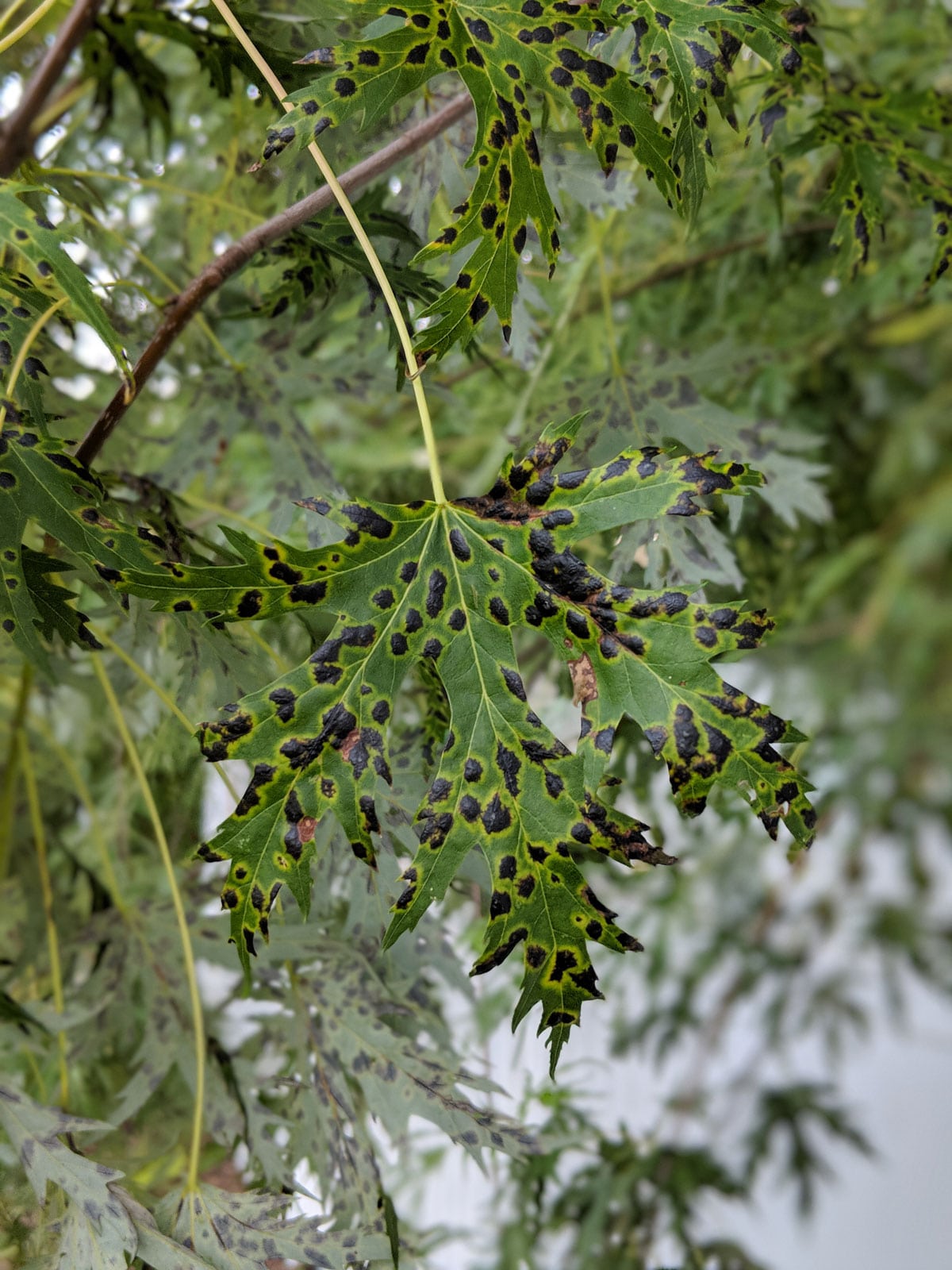 Japanese Maple Tar Spots: Treating A Japanese Maple With Tar Spots
Japanese Maple Tar Spots: Treating A Japanese Maple With Tar SpotsOnce established, Japanese maple plantings usually require little attention from homeowners, with the exception of a few common tree issues – tar spot on Japanese maples being one of these. Learn about treating a Japanese maple with tar spot in this article.
By Tonya Barnett
-
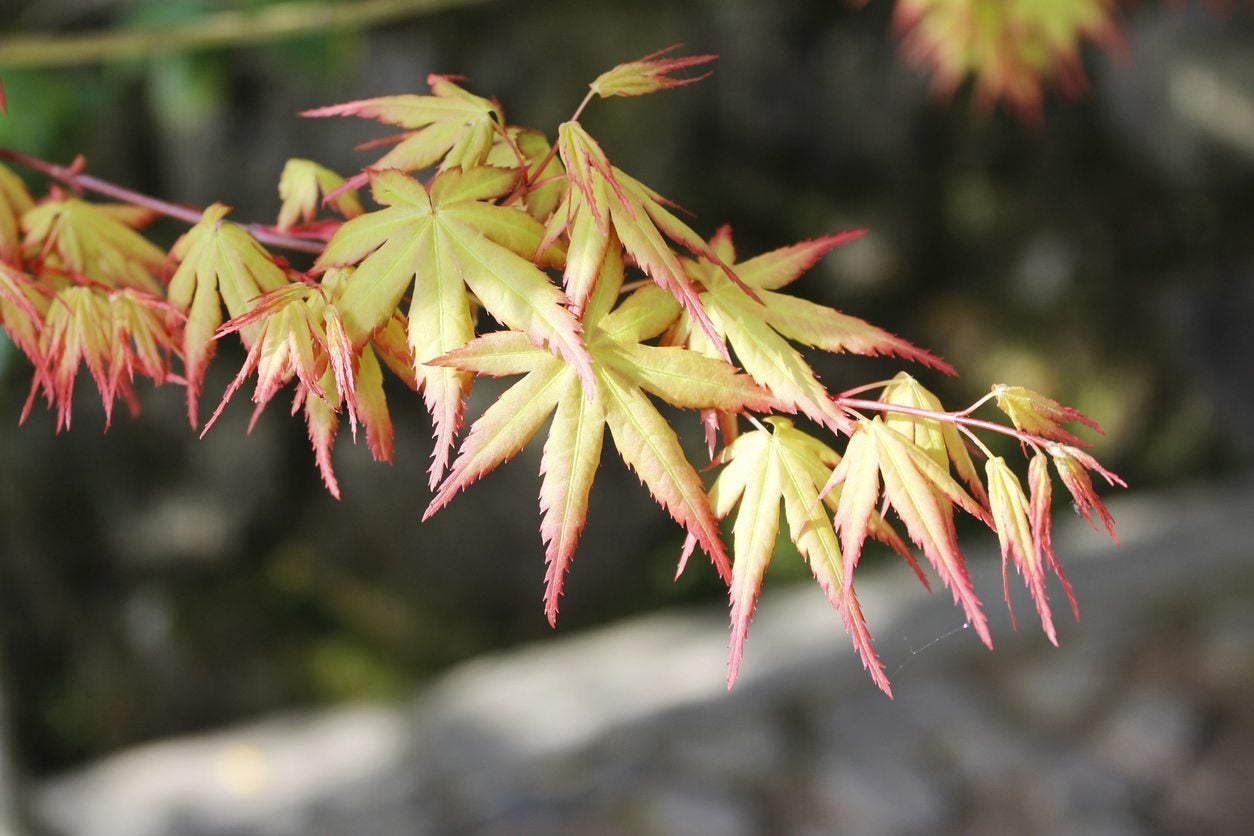 Why Japanese Maple Won’t Leaf Out – Troubleshooting A Leafless Japanese Maple Tree
Why Japanese Maple Won’t Leaf Out – Troubleshooting A Leafless Japanese Maple TreeFew trees are more charming than Japanese maples with their deeply cut, starry leaves. If your Japanese maple won?t leaf out, it?s very disappointing. Leafless Japanese maple are stressed trees, and you?ll need to track down the cause. Click here to learn more.
By Teo Spengler
-
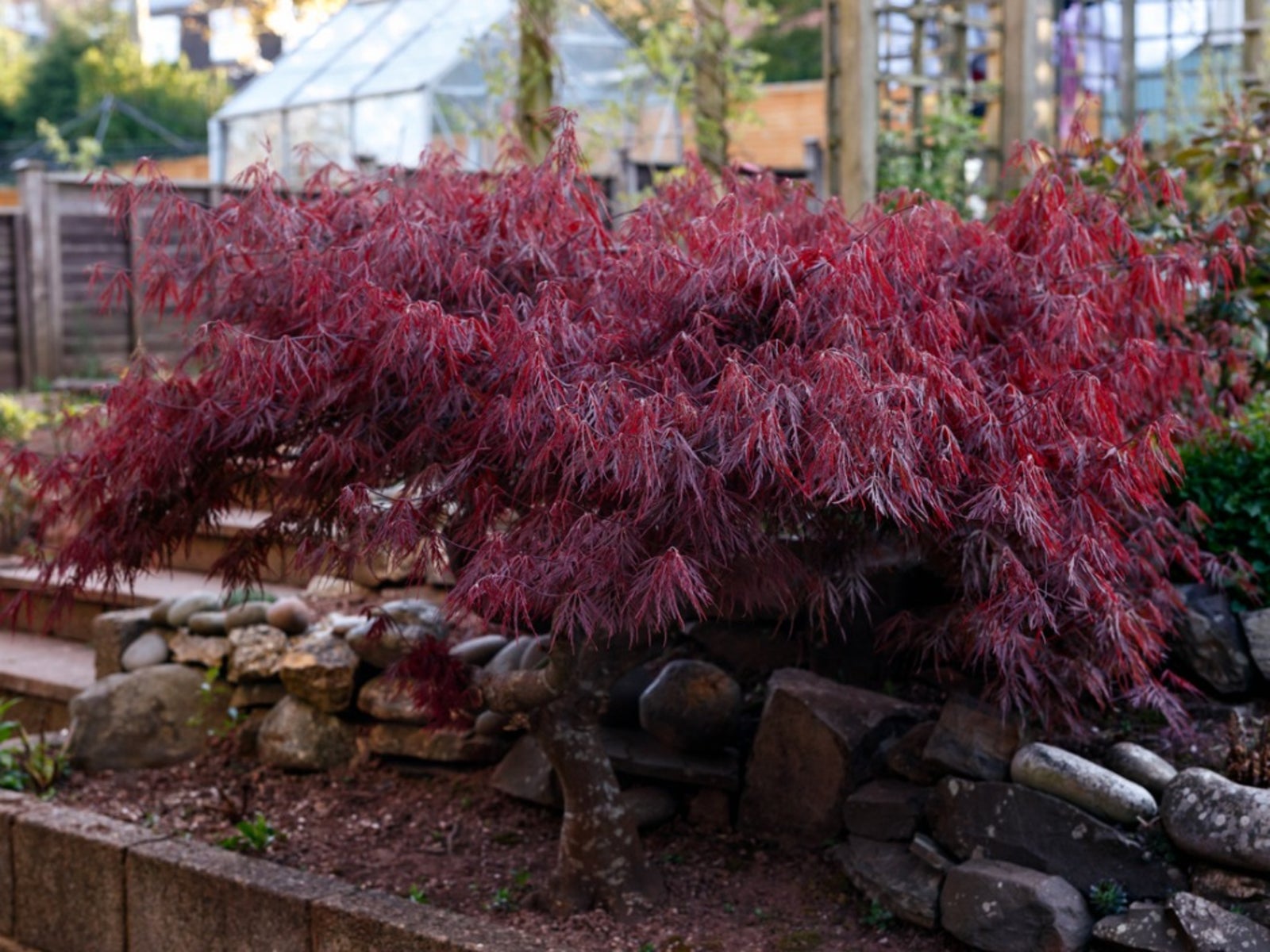 Japanese Weeping Maple Care: Tips For Growing Japanese Weeping Maples
Japanese Weeping Maple Care: Tips For Growing Japanese Weeping MaplesJapanese weeping maple trees are among the most colorful and unique trees available for your garden. And, unlike regular Japanese maples, the weeping variety grows happily in warm regions. Click this article for additional information about Japanese weeping maples.
By Teo Spengler
-
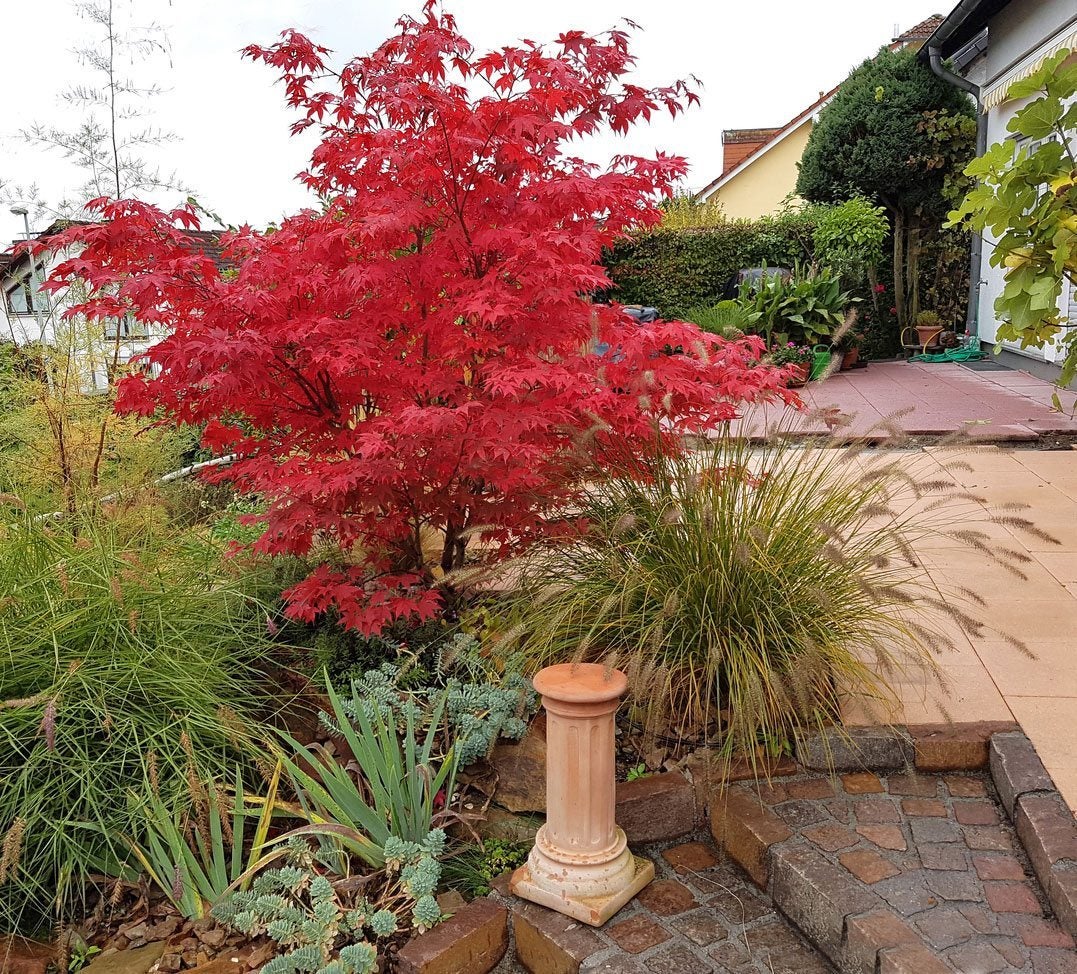 Japanese Maple Feeding Habits – How To Fertilize A Japanese Maple Tree
Japanese Maple Feeding Habits – How To Fertilize A Japanese Maple TreeJapanese maples are garden favorites with their graceful, slender trunks and delicate leaves. To keep your tree happy, you?ll need to site it correctly and apply fertilizer. If you want to learn when and how to fertilize a Japanese maple tree, this article will help.
By Teo Spengler
-
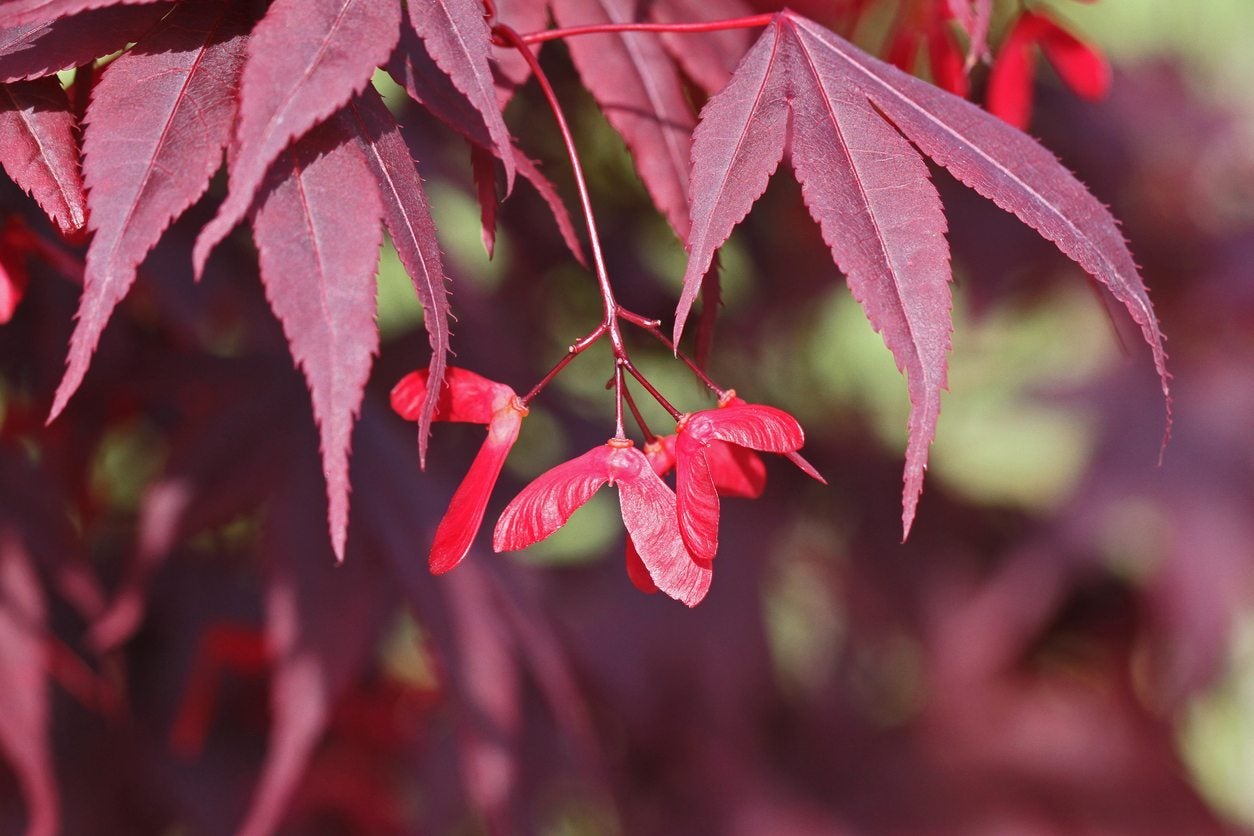 Japanese Maple Seed Propagation: Tips On Planting Japanese Maple Seeds
Japanese Maple Seed Propagation: Tips On Planting Japanese Maple SeedsJapanese maples have a well-deserved place in the hearts of many gardeners. They are often bought as saplings, but it?s also possible to grow them yourself from seed. Learn more about how to germinate Japanese maple seed in this article.
By Liz Baessler
-
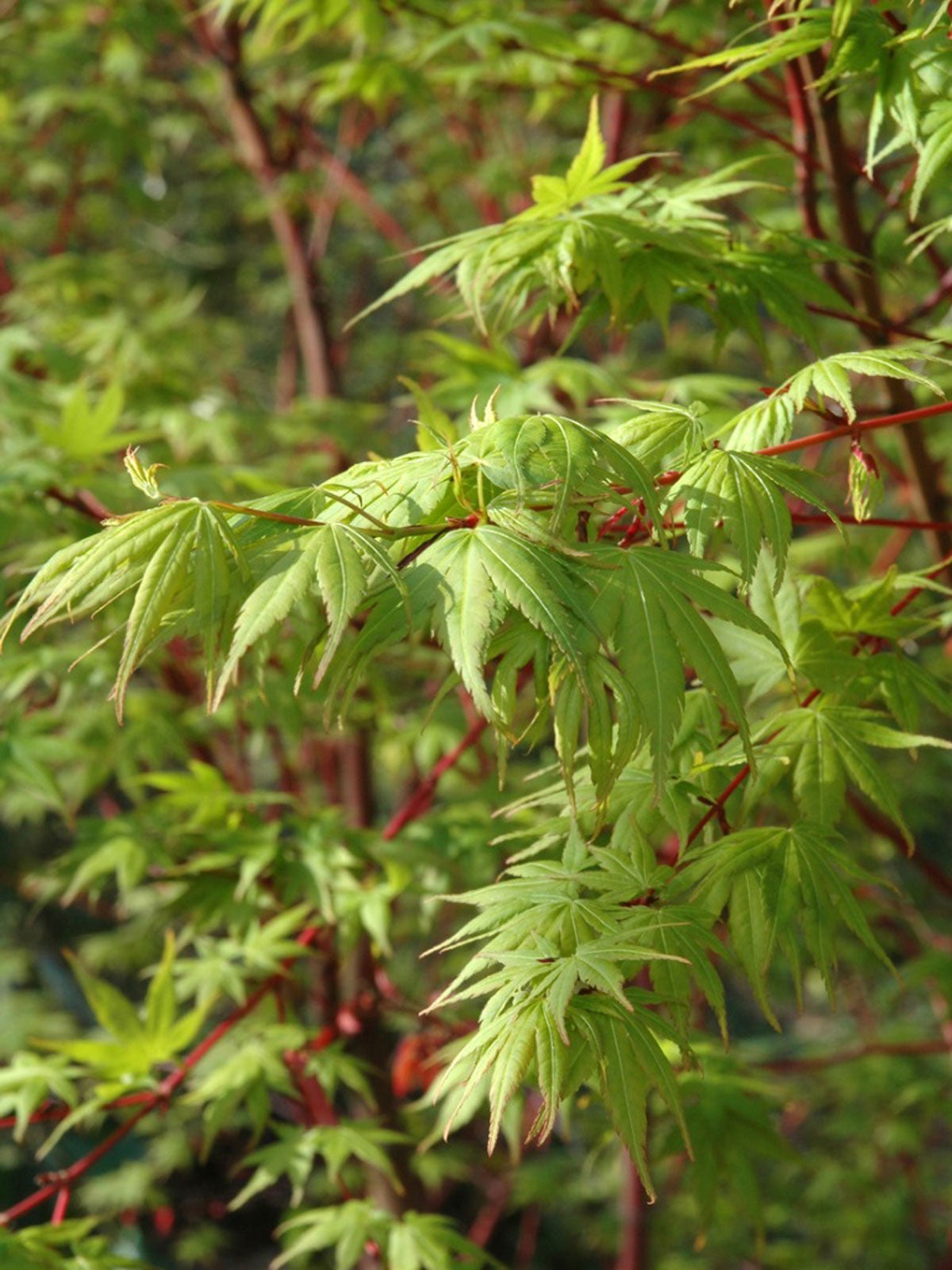 Coral Bark Maple Trees: Tips On Planting Coral Bark Japanese Maples
Coral Bark Maple Trees: Tips On Planting Coral Bark Japanese MaplesCoral bark maple trees (Acer palmatum "Sango-kaku") are Japanese maples with four seasons of interest in the landscape. Want to learn more about the coral bark tree? Click this article for additional information about this stunning tree.
By Darcy Larum
-
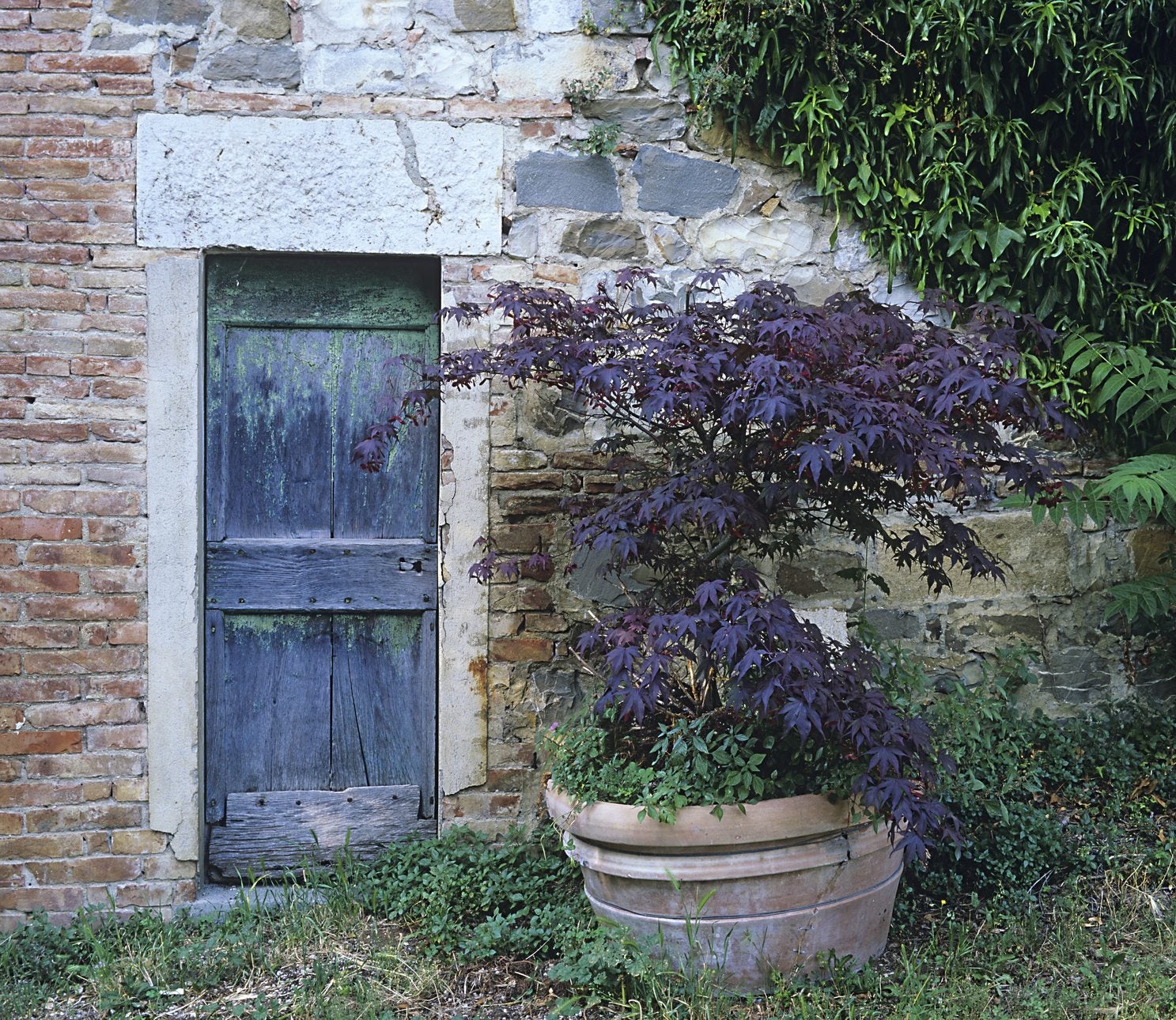 Caring For Potted Japanese Maples – Growing Japanese Maples In Containers
Caring For Potted Japanese Maples – Growing Japanese Maples In ContainersCan Japanese maples be grown in containers? Yes, they can. If you have a porch, a patio, or even a fire escape, you have what you need to start growing Japanese maples in containers. If you are interested in planting a Japanese maple in a pot, click here.
By Teo Spengler
-
 Japanese Maple Companions – What To Plant With Japanese Maple Trees
Japanese Maple Companions – What To Plant With Japanese Maple TreesThey add elegance to any garden when planted alone, but if you are looking for companions for Japanese maples, you'll have many choices. Look to this article for some ideas of what to plant with Japanese maple trees.
By Teo Spengler